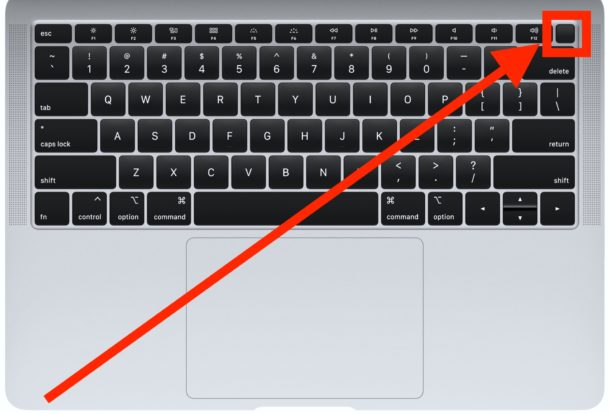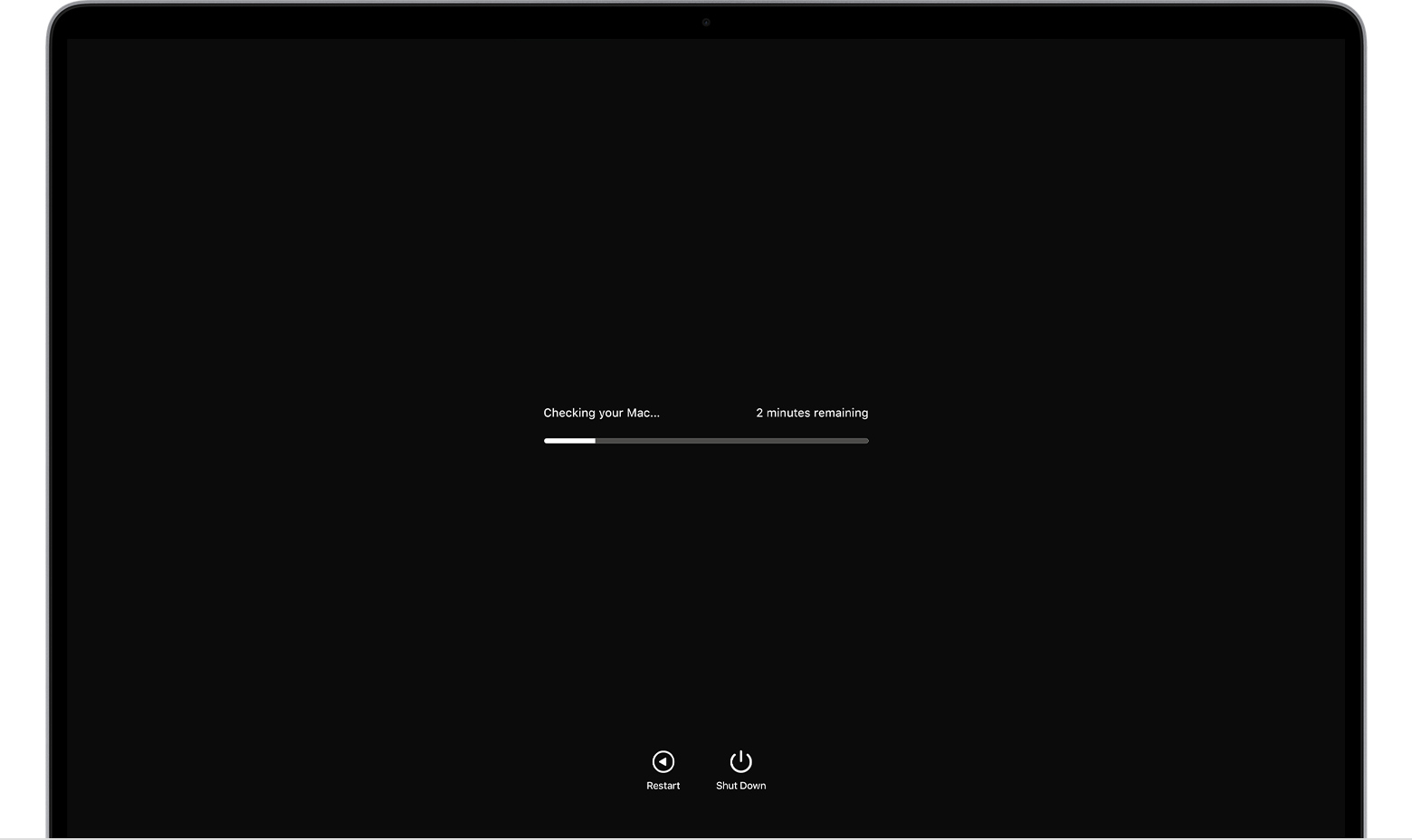- Keyboard Shortcut To Restart Macbook Air
- Reboot Mac From Keyboard
- Keyboard Keys To Restart Mac
- Keyboard Command To Restart Mac
There are two methods to reset PRAM/NVRAM, use hotkeys when you power on or execute a specific Terminal command. Either way, the result is the same, and the entire process is surprisingly simple. Turn off your Mac and turn it back on while simultaneously pressing the Option, Command, P, and R keys. Put into easier words, these are the steps a Mac user needs to do to reset the PRAM: Reboot the Macintosh. While the reboot sequence continues, these keys should be pressed down altogether – Command, Option, P and R. The Mac will get into the reboot sequence again with a beep, notifying that the PRAM has been reset. If your MacBook, MacBook Air, or MacBook Pro freezes up you should be able to fix the issue with a simple hard reset or force restart. X plane online game free. You can typically fix frozen MacBook issues in just a few. Thankfully, whether your Mac is frozen and non-responsive or you just want to shut down and go home right now, there's a keyboard shortcut that gets the job done. Photo by Michael Napoleon. The Mac OS X Shutdown dialog offers sleep and restart options, too. Command-Option-Eject Hold these keys down for a few seconds to put your Mac to sleep without opening a confirmation dialog.
People often ask about all the weird incantations of keyboard commands used atstartup for Macs to perform various actions. Here's a list of some useful ones.Please note that this table uses the convention of capital letters forcommand or control sequences. Airflow mssql operator. However, one doesn't actually press shiftunless specifically directed. (E.g., 'control-C' means control andlower-case 'c')
Also please note that ⌘ = Command key, ⌥ = Option key,⇧ = Shift, and ⌃ = Control.Keyboard Shortcut To Restart Macbook Air

| Hold down.. | Performs this action | When can I let go? | Comments |
|---|---|---|---|
| General | |||
| ⇧-⌃-⌥-power key | System Management Controller (SMC) Reset | Hold down before you power the computer on. | Please see Apple's How to reset the SMC of your Mac page, because the details change, depending on your Mac model. (For example, whether to hold down the Left or Right Shift key!) |
| ⌘-⌥-P-R | Parameter RAM (P-RAM) Reset | After the initial chime, hold down this keycombination and keep holding until you have heard three more chimes. | A useful way to reset a number of settings for a Mac that is behaving strangely. Resets AppleTalk, Volume, Mouse Acceleration, and afew others. Often a simple 'miracle worker'. |
| Hold down mouse button | Eject removeable media | Hold until desired media ejects. | Convenient way to eject floppies, Zips, or CDs at boot time. |
| C | Boot from compact disc (internal only) | Hold until background or splash screen clearly shows that youhave booted from CD, not internal disk. | Allows one to boot from CD without having to select it first inStartup Disk control panel/System Preference. |
| ⌘-⌃-power key | Reboot from keyboard | Hold until you hear reboot chime. | When machine is frozen, this allows you to reboot from thekeyboard, which is analogous to hitting the left-triangle button on theMac box. No longer works on new USB 'Apple Pro' keyboards which lack apower key. |
| New World Macs | |||
| ⌥ | Start with Boot Selector | Hold until icons of bootable devices appear. | This allows you to choose what device to boot from, whether it is your regular boot disk, the Recovery Mode of your internal disk, an external disk, etc. |
| ⌘-⌥-O-F | Boot into OpenFirmware | Hold until small black letters on white background appear. | There are`a variety of commands you can run here (well beyondthe scope of this document). Common ones include 'mac-boot' and'shut-down'. Only works on New World machines. |
| T | Thunderbolt, Firewire, or USB Target Disk Mode | Hold until large white icon(s) appears on Mac screen, moving randomly. | To allow a Mac to function as an external disk drive, do the following: Boot Mac A normally. Boot Mac B into Target Disk Mode. Connect the two Macs together with an appropriate cable. The Mac B disk will appear on the desktop of Mac A. (If it is encrypted, you may first get prompted for a password for Mac B.) |
| OS X only | |||
| ⌘-R | Hold until progress bar appears | Recovery Mode | Ability to run Disk Utility, Terminal and more booted from a small read-only partition. Can also reinstall the operating system. Using Terminal is often more convenient than Single-User mode (and a lot more visible on Retina screens). |
| ⌘-V | Boot OS X with (V)erbose settings. | Hold until until white on black letters appear. | 'Console' booting will give far more information about bootsequence. (More like Linux than the graphical OS X normal boot display.) |
| ⌘-S | Boot OS X in single-user mode | Hold until until white on black letters appear. | Useful for certain diagnostics and repairs of operating system. |
| ⇧ | Safe mode | Not sure! Hold until FileVault screen appears, then release to type your password. Then immediately hold again until the PIV boot screen appears. (Release Shift to type PIN.) Then immediately hold again all the way until the Finder appears. | If this succeeds, you should see 'Safe Boot' in red letter on the menu bar. This can get past errors of faulty applications that would otherwise start (and won't here). |


Reboot Mac From Keyboard

| Hold down.. | Performs this action | When can I let go? | Comments |
|---|---|---|---|
| General | |||
| ⇧-⌃-⌥-power key | System Management Controller (SMC) Reset | Hold down before you power the computer on. | Please see Apple's How to reset the SMC of your Mac page, because the details change, depending on your Mac model. (For example, whether to hold down the Left or Right Shift key!) |
| ⌘-⌥-P-R | Parameter RAM (P-RAM) Reset | After the initial chime, hold down this keycombination and keep holding until you have heard three more chimes. | A useful way to reset a number of settings for a Mac that is behaving strangely. Resets AppleTalk, Volume, Mouse Acceleration, and afew others. Often a simple 'miracle worker'. |
| Hold down mouse button | Eject removeable media | Hold until desired media ejects. | Convenient way to eject floppies, Zips, or CDs at boot time. |
| C | Boot from compact disc (internal only) | Hold until background or splash screen clearly shows that youhave booted from CD, not internal disk. | Allows one to boot from CD without having to select it first inStartup Disk control panel/System Preference. |
| ⌘-⌃-power key | Reboot from keyboard | Hold until you hear reboot chime. | When machine is frozen, this allows you to reboot from thekeyboard, which is analogous to hitting the left-triangle button on theMac box. No longer works on new USB 'Apple Pro' keyboards which lack apower key. |
| New World Macs | |||
| ⌥ | Start with Boot Selector | Hold until icons of bootable devices appear. | This allows you to choose what device to boot from, whether it is your regular boot disk, the Recovery Mode of your internal disk, an external disk, etc. |
| ⌘-⌥-O-F | Boot into OpenFirmware | Hold until small black letters on white background appear. | There are`a variety of commands you can run here (well beyondthe scope of this document). Common ones include 'mac-boot' and'shut-down'. Only works on New World machines. |
| T | Thunderbolt, Firewire, or USB Target Disk Mode | Hold until large white icon(s) appears on Mac screen, moving randomly. | To allow a Mac to function as an external disk drive, do the following: Boot Mac A normally. Boot Mac B into Target Disk Mode. Connect the two Macs together with an appropriate cable. The Mac B disk will appear on the desktop of Mac A. (If it is encrypted, you may first get prompted for a password for Mac B.) |
| OS X only | |||
| ⌘-R | Hold until progress bar appears | Recovery Mode | Ability to run Disk Utility, Terminal and more booted from a small read-only partition. Can also reinstall the operating system. Using Terminal is often more convenient than Single-User mode (and a lot more visible on Retina screens). |
| ⌘-V | Boot OS X with (V)erbose settings. | Hold until until white on black letters appear. | 'Console' booting will give far more information about bootsequence. (More like Linux than the graphical OS X normal boot display.) |
| ⌘-S | Boot OS X in single-user mode | Hold until until white on black letters appear. | Useful for certain diagnostics and repairs of operating system. |
| ⇧ | Safe mode | Not sure! Hold until FileVault screen appears, then release to type your password. Then immediately hold again until the PIV boot screen appears. (Release Shift to type PIN.) Then immediately hold again all the way until the Finder appears. | If this succeeds, you should see 'Safe Boot' in red letter on the menu bar. This can get past errors of faulty applications that would otherwise start (and won't here). |

